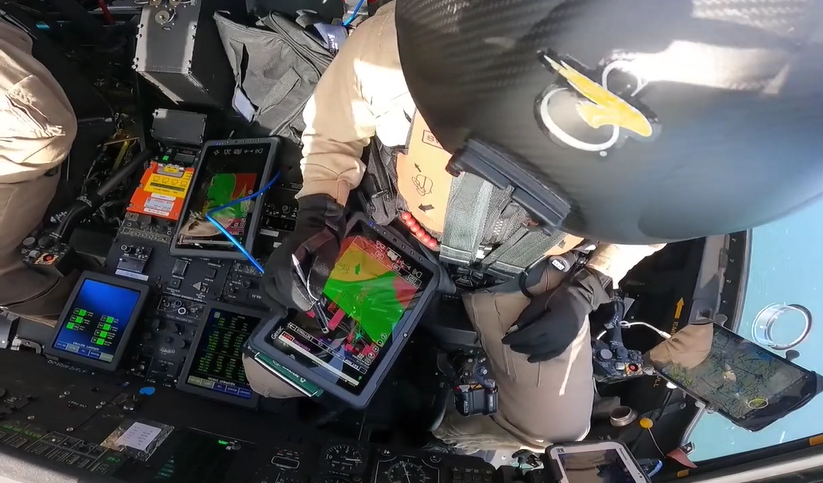Sikorsky Finishes Autonomous Flight With Optionally Piloted Black Hawk

Credit: Sikorsky
Sikorsky has demonstrated the supervised autonomy capability of its modified S-70A Black Hawk optionally piloted vehicle, with the test pilot using a tablet to command the helicopter through a complete mission. The S-70A optionally piloted vehicle (OPV) is a former U.S. Army UH-60A retrofitted with...
Subscription Required
This content requires a subscription to one of the Aviation Week Intelligence Network (AWIN) bundles.
Schedule a demo today to find out how you can access this content and similar content related to your area of the global aviation industry.
Already an AWIN subscriber? Login
Did you know? Aviation Week has won top honors multiple times in the Jesse H. Neal National Business Journalism Awards, the business-to-business media equivalent of the Pulitzer Prizes.





